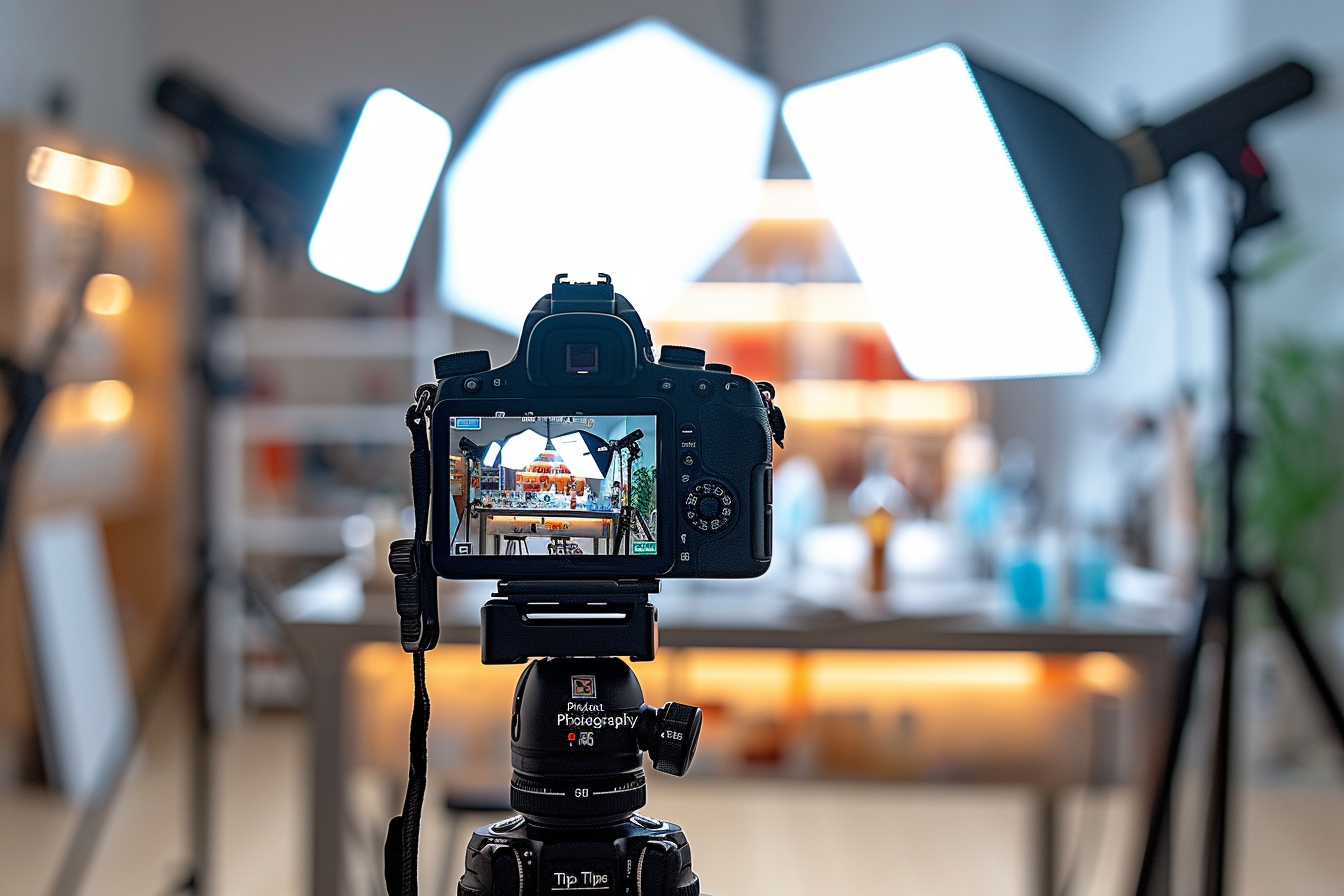Crafting visually appealing product photographs is an art that blends creativity with technical prowess. Spectacular product images grab attention, tell compelling stories, and can significantly boost e-commerce sales. In the competitive digital landscape, mastering product photography is a necessity for brands that wish to stand out. The following insights and strategies aim to elevate your product photography, ensuring that your visuals captivate and engage potential customers.
Understand your audience
Knowing your target market is the cornerstone of successful product photography. The style, background, and context of your images should resonate with the demographic you aim to appeal to. A luxury watch, for example, demands an elegant setting that speaks to its sophistication, whereas eco-friendly products may benefit from natural backdrops that highlight their sustainability.
Develop a concept
Before you take your first shot, conceptualize the story you want to tell. Images that narrate a product’s usage or benefits often have a stronger impact. Storyboarding can help visualize the concept and guide the photoshoot, ensuring consistency and purpose in every frame.
Master the basics of composition
Rule of thirds
Position your product using the rule of thirds—a fundamental principle that divides the frame into nine equal segments. Placing the product at the intersections or along the lines can create more tension, interest, and energy in the composition.
Simple backgrounds
Using simple backgrounds will ensure that the product remains the focal point of the image. Complex or busy scenes can distract from the product and dilute the message. Seamless backgrounds, solid colors, or contextual but unobtrusive scenery work well.
Lighting is key
Natural light vs. artificial light
Natural light is often the go-to for soft and realistic shots, especially for beginners. However, don’t overlook artificial lighting setups that can provide consistency and control. Softboxes, umbrellas, and reflectors can shape and diffuse light, giving you the creative freedom to sculpt the perfect scene.
Understand shadows
Shadows can add depth and create a sense of reality in product photos. Controlling shadow direction and intensity can help you emphasize certain features or establish a mood. Pay attention to both the highlights and the shadows as they contribute equally to the narrative.
Invest in a tripod
Stability is non-negotiable in product photography. A good tripod eliminates camera shake, ensuring sharp and consistent images. Furthermore, a tripod allows for precise adjustments to composition and ensures that your camera settings remain unchanged between shots.
Get the right equipment
Camera choices
While a high-end DSLR or mirrorless camera provides the best image quality and versatility, don’t underestimate the power of a smartphone with a good camera. The key is to understand your equipment’s capabilities and limitations.
Lens selection
Prime lenses typically offer better sharpness and faster apertures, which can be crucial for product photography. The right focal length prevents distortion and ensures the product appears as it does in reality.
Embrace post-processing
Essential editing
Even the most carefully shot photographs can benefit from post-processing. This stage is where you can adjust exposure, correct colors, and crop the image for better composition. Software like Adobe Photoshop or Lightroom can be invaluable tools.
Consistency is paramount
Maintain a consistent look across all your product photos. This applies to lighting, background, and editing style. Consistency strengthens your brand and provides a cohesive visual narrative for your audience.
Attention to detail
Clean up
Ensure that your product is spotless before you begin shooting. Dust, fingerprints, and smudges can become glaringly obvious in high-resolution images and detract from the product’s appeal.
Props and styling
Props should enhance the scene without stealing the spotlight. Choose items that complement the product and fit within the story you’re trying to convey.
Plan for multiple uses
Versatile images
Shoot with versatility in mind. Create images that work across various platforms—your website, social media, print catalogs. This often means capturing several angles and compositions.
Analyze and adapt

After every session, review your images critically. Identify what worked and what can be improved. Continuous learning and adaptation are integral to honing your product photography skills.
Experiment and innovate
Lastly, while fundamentals are important, don’t be afraid to experiment with different techniques and styles. Push the boundaries of creativity. It is through experimentation that you might stumble upon a unique angle or style that sets your product imagery apart.
By implementing these meticulous strategies, you will begin to produce product photography that not only showcases items attractively but also connects with your audience on a deeper level. Through commitment and practice, the craft of creating eye-catching visuals becomes an invaluable asset in the commercial and digital worlds. Remember, each image is a representation of your brand’s essence, and as such, deserves the attention to detail that will result in professional and stunning visual narratives.











